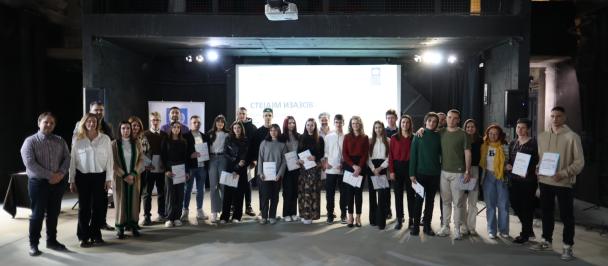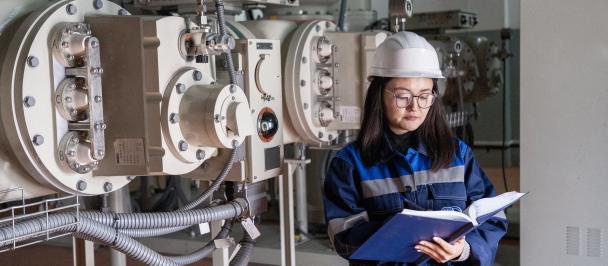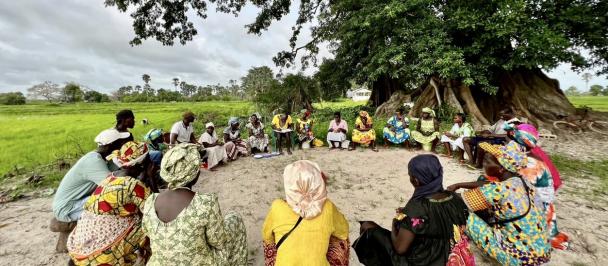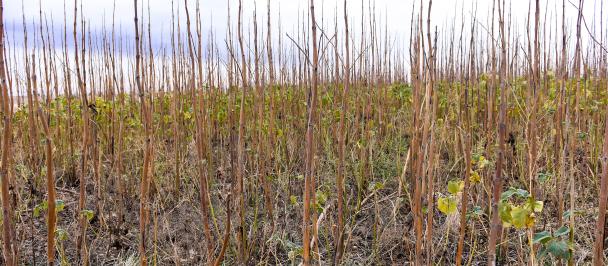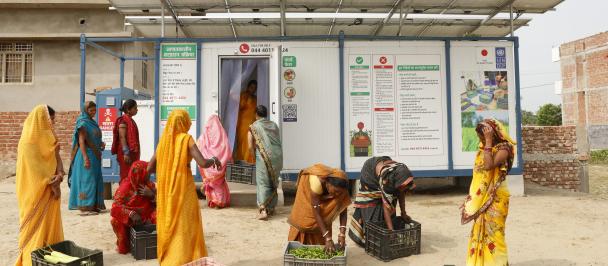A solar power plant installed in Turkestan school
July 7, 2022
"Our school became a pilot in the project on renewable energy technologies. Now that we have our own solar power plant, we can contribute to reducing CO2 emissions"Nurlytan Zhanibek, a 10th grade student at school-lyceum #23 in Turkestan
"Some time ago, I thought that ‘green’ technologies would never come in my hometown. The geography and physics teachers told us about climate change, its causes and how renewable energy can help fight global warming. Now that so many positive changes are taking place at our school, I want to know more about how it all works"Azamat Karabek, a 10th grade student at school-lyceum #23 in Turkestan
The project to modernize School #23 school in Turkestan is a joint initiative of the United Nations Development Programme (UNDP) and ENI, in collaboration with the Akimat of Turkistan region, focused on energy-efficient measures and the use of renewable energy technologies. A wide range of energy-saving measures were introduced as part of the project. For example, all of the school building outdated lighting outside and inside was replaced with LED, and the radiators equipped with thermostatic controllers.
"The climate in our region is quite hot, which impacts indoor temperatures, especially in summertime. A preliminarily completed energy audit showed that heat increases in the summer and heat loss in the winter months occurs through the windows. Therefore, all the school windows were covered with low-emission (energy-saving) films"Zhanyl Aziretbergenova, director, school - lyceum #23
Providing educational institutions with heat and electricity is a significant cost factor in education. And thanks to energy-efficient modernization, energy costs alone are expected to fall by 19 percent.
"Of course, cost reductions are accompanied by an improvement in the microclimate. This will have a positive impact on children's health and academic performance," notes Zhanyl Aziretbergenova.
Turkestan is located in the extreme south of Kazakhstan. The average solar irradiance is 1500 kWh per m2 per year, a figure comparable to countries like Italy, Spain and Turkey.
To take advantage of the region's high solar potential, the school was equipped with a photovoltaic power plant, which was installed on the adjacent school grounds. The power plant has a capacity of 50 kW, and all the "green" energy from the solar plant is fed into the school grid for its own use.
"Our solar power plant consists of 112 solar panels. We watched the installation and testingevery day," says Nurlytan.
The project also includes educational sessions for students, teachers and parents and training to improve awareness and knowledge of energy-efficient measures and the use of renewable energy technologies.
"In the trainings and seminars, we were told that installing different renewable energy technologies can save energy. Thanks to our own solar plant, our school can now proudly call itself "green" and energy efficient," says Azamat.
Video: Mukhamedali Sheri
The deployment of energy efficient and small renewables projects has many positive aspects for consumers, small and medium enterprises, and public utilities such as schools. The main advantage is that the cost of the electricity generated does not depend on the energy price, while reducing energy consumption in the medium and long-term that in turn leads to resource savings.
To raise awareness of renewable energy and energy efficiency technologies and draw attention to climate change issues, UNDP in Kazakhstan is organizing workshops and training sessions for SMEs, local governments, bank employees and local communities.

 Locations
Locations